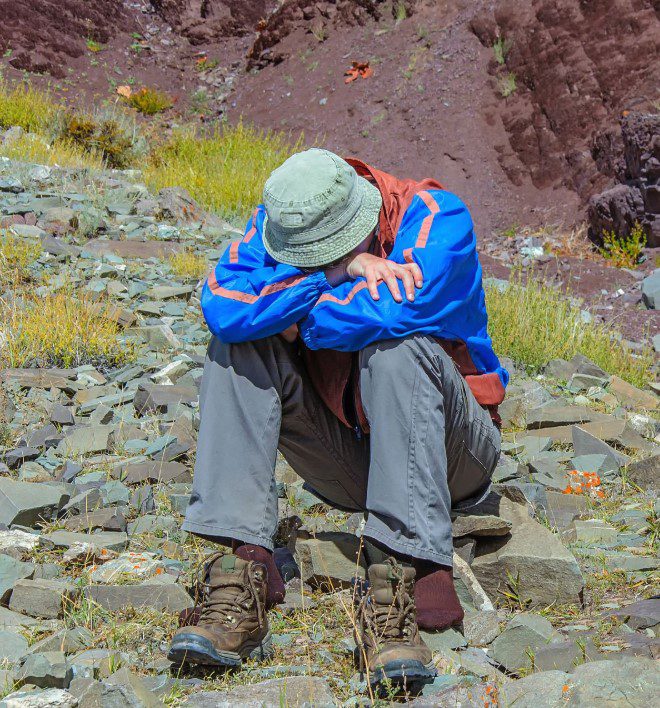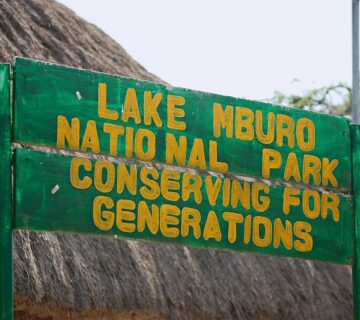How to Handle Altitude Sickness: A Guide to Conquering the Heights
There’s something undeniably powerful about standing on a mountain peak, with the world spread out below you like a living map. The air is crisp, the view is breathtaking, and your sense of achievement is immense. But for many adventurers, that sense of awe can be quickly overshadowed by the onset of altitude sickness. It can hit when you least expect it, leaving you feeling drained, dizzy, and vulnerable. However, with the right knowledge and mindset, altitude sickness doesn’t have to ruin your journey. In this post, I’ll walk you through practical ways to handle altitude sickness so you can continue your adventure with confidence and joy.
Understanding Altitude Sickness
Before we dive into how to handle altitude sickness, it’s essential to understand what it is and why it happens. Altitude sickness, also known as acute mountain sickness (AMS), occurs when you travel to high altitudes too quickly, and your body doesn’t have enough time to adjust to the lower levels of oxygen. This usually starts happening at elevations above 8,000 feet (2,400 meters) but can occur at lower altitudes in some individuals.
The symptoms range from mild to severe and can include headaches, dizziness, nausea, shortness of breath, and fatigue. The lack of oxygen at higher altitudes puts stress on your body, and it’s essential to recognize the signs early so you can take steps to prevent it from worsening.
The Power of Preparation
One of the most important factors in handling altitude sickness is preparation. Your body needs time to adjust, so gradual acclimatization is key. This means ascending slowly and giving your body ample time to adapt to the changes in altitude. The general rule of thumb is to spend a day or two at an intermediate altitude before moving higher.
For example, if you’re trekking to Mount Kilimanjaro or hiking the Inca Trail, you might consider staying at a lower elevation for a day or two to acclimatize before making your way to higher elevations. This could mean spending time at a village or campsite lower down the mountain or on a nearby plateau.
Along with gradual ascension, make sure you’re physically prepared for your trek. It’s important to be in good physical shape, but even more so, you need to have the endurance to handle the mental and physical demands of high-altitude environments.
Hydration is Key
When you’re at higher altitudes, your body loses water faster than usual due to increased respiration and sweating. This dehydration can exacerbate symptoms of altitude sickness, making headaches and dizziness worse. It’s crucial to keep drinking water regularly, even if you don’t feel thirsty. Carrying a hydration pack or bottles with you and making water consumption a habit is a great way to stay on top of hydration.
A good guideline is to drink at least 3 to 4 liters of water a day at high altitudes. Drinking fluids rich in electrolytes is also helpful to maintain the balance of essential minerals like potassium and sodium in your body.
Eating Right to Fuel Your Body
Altitude sickness doesn’t just affect your lungs; it can also impact your digestion. The reduced oxygen levels at high altitudes can cause a decrease in appetite, making it difficult to eat enough to maintain your energy levels. However, maintaining a balanced diet is crucial for combating altitude sickness.
Try to eat smaller meals more frequently throughout the day to prevent nausea and provide your body with a steady energy source. Foods rich in carbohydrates, like whole grains, fruits, and vegetables, are particularly beneficial. Carbs are your body’s main source of energy, and they are crucial for maintaining strength while acclimatizing to higher altitudes.
Avoid heavy, fatty meals or alcohol, as they can slow down digestion and contribute to dehydration.
The Importance of Rest
Rest is another vital component of handling altitude sickness. At high altitudes, your body is working harder to get the oxygen it needs, so it’s essential to give it time to recover. Taking breaks during your hike or trek will not only help with your physical recovery but also help you mentally prepare for the challenges ahead.
It’s easy to get excited and push through the climb, but pacing yourself is essential. Remember that altitude sickness can develop at any time, and pushing yourself too hard increases your risk. Don’t hesitate to rest and allow your body to catch up.
Recognizing the Symptoms Early
One of the best ways to handle altitude sickness is to catch the symptoms early. The earlier you detect AMS, the easier it is to manage. The most common symptoms of altitude sickness include:
Headaches
Nausea or vomiting
Dizziness or lightheadedness
Fatigue
Loss of appetite
Shortness of breath
If you start to feel any of these symptoms, the first step is to stop ascending. It’s vital to give your body time to acclimatize by either staying at the same altitude or descending slightly. This can help alleviate some of the discomfort caused by altitude sickness.
If symptoms persist or worsen, it’s essential to descend to a lower altitude immediately. If left untreated, altitude sickness can escalate into more severe conditions, such as high-altitude pulmonary edema (HAPE) or high-altitude cerebral edema (HACE), both of which are life-threatening.
The Role of Medications
In some cases, medications can help reduce the symptoms of altitude sickness and speed up the acclimatization process. The most commonly used medication for AMS is Diamox (acetazolamide). This medication helps your body adapt to high altitudes by increasing the breathing rate and improving oxygen delivery to tissues.
Diamox should always be used under the guidance of a healthcare provider. It’s not a cure for altitude sickness, but it can provide significant relief for mild symptoms. If you have concerns about altitude sickness or the use of Diamox, talk to a healthcare professional before your trip.
When to Seek Professional Help
Altitude sickness can sometimes progress to a point where self-care methods are no longer sufficient. If symptoms worsen despite following the tips mentioned, it’s time to seek professional help. Always know where the nearest medical facility is and be prepared to descend quickly if necessary.
Severe altitude sickness can include confusion, difficulty walking, and loss of coordination. If you experience any of these signs, seek help immediately. It’s always better to err on the side of caution when dealing with altitude sickness.
Embrace the Journey
Despite the challenges that altitude sickness may present, it’s important to remember why you’re on this journey in the first place. The incredible views, the feeling of accomplishment, and the connection to nature are all worth the effort. With the right preparation, a positive mindset, and the knowledge of how to handle altitude sickness, you can conquer any altitude and reach your destination with confidence.
Altitude sickness may slow you down temporarily, but it doesn’t have to stop you. Take it one step at a time, listen to your body, and give yourself the grace to rest and recover when needed. Soon, you’ll be looking back on your adventure with a sense of pride, knowing you not only reached new heights physically but also triumphed over the challenges that came with it.





